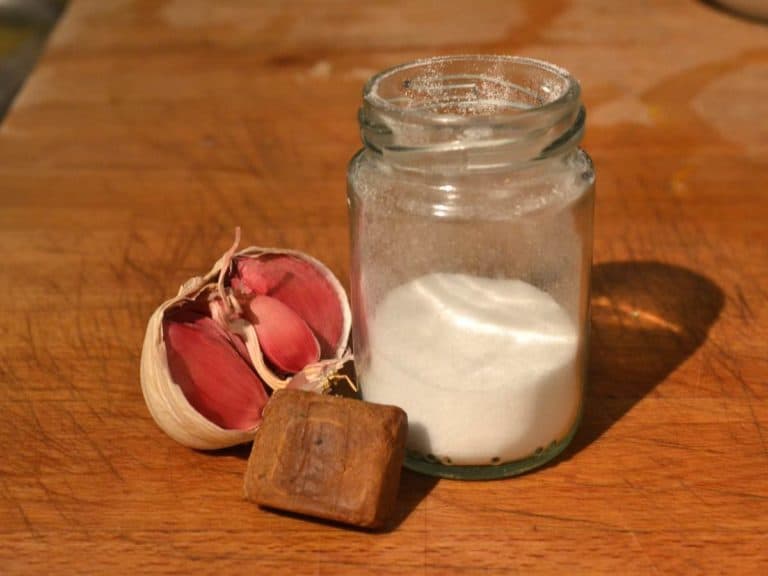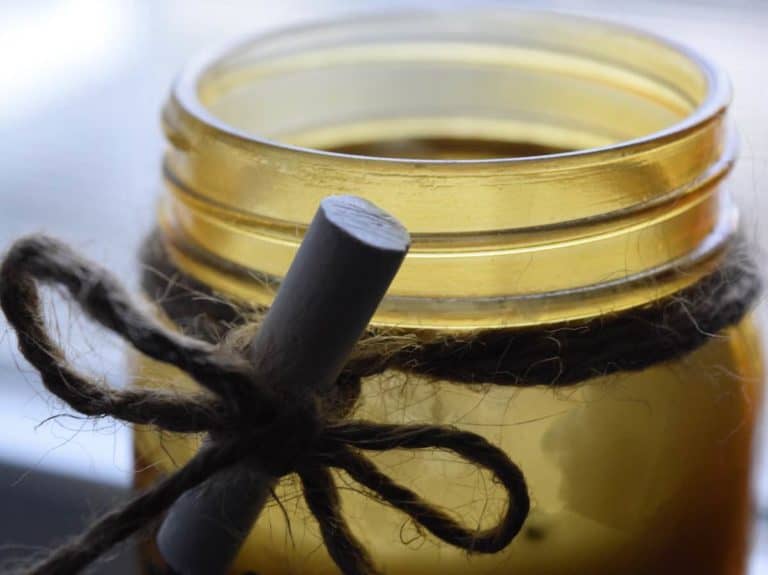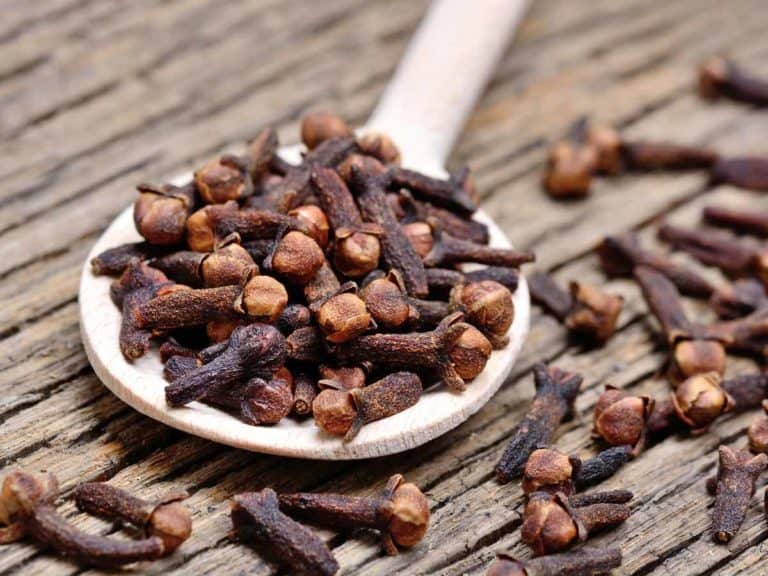Mango
Here are a few tidbits of mango minutia:
- Mangos are the #1 most consumed fruit in the world.
- Mexico is the leading supplier of mangos to the U.S., and to the rest of the world.
- From Asia to South America, some 400 varieties of mango exist, widely varying in appearance and flavor. They can be oblong, kidney-shaped or round, with a skin color ranging from red to yellow to green. The flesh can be mellow yellow to deep orange, or green when unripe, and surrounds a pit that is usually large and flat. Even before peeling, the aroma hints at the flavor of the fruit, which carries hints of citrus, pineapple and peach.
- The species name, Mangifera indica, means “an Indian plant bearing mangos.” Mangos have been traced back at least five thousand years to Southeast Asia, including India, where they were considered sacred. Mangos first arrived in Mexico via the Philippines in the 17th century. Other varieties crossed over in the 19th century, after following a circuitous route through Persia to Africa or Portugal, and then on to the West Indies. As towering evergreen trees, mangos thrive in Mexico and Asia, where moderate climates and alternating rainy and dry seasons provide ideal growing conditions.
- Mangos are an excellent source of vitamin C and a very good source of vitamin A. They also provide potassium, a nutrient in which many people are deficient. A serving consisting of half a medium-sized mango contains about 70 calories.
To Ripen or Not
When ripe, mangos are sweet and juicy. But unripe mangos have a pleasant tartness and texture that is prized by Southeast Asians. Filipinos eat tart green mangoes sprinkled with salt or soy sauce.
In Thailand, green mango slices are dipped in chile powder, sugar and salt as a snack. Grated green mango is used throughout Southeast Asia, India and Malaysia to add a tart flavor to dishes, especially in salads, relishes or as pickles.
Keep in mind that with mangos, color is only skin deep. If a mango has a red blush, it’s from the sun-not an indication of ripeness. Here’s how to know when a mango is ripe:
- Give it a sniff near the stem. A fragrant and fruity aroma is a sure sign of a ripe mango. A faint scent means the fruit needs more time to ripen.
- Gently squeeze it-most mangos become softer as they ripen.
- Mangos do not become redder after they’ve been picked. Some varieties develop a rich yellow background as they ripen, but others keep their same green or yellow color when ripe.
- Once ripe, mangos should be refrigerated to slow down ripening.
- For fullest flavor, let chilled mangos reach room temperature before eating.
Mexican Mango Varieties
Mexico exports five main varieties of mangos to the U.S. Because their growing seasons are staggered, a continuous supply of fresh mangos is available nearly year-round. These include:
Red
Tommy Atkins: Medium to large (16 to 24 oz.), oval or oblong shape, golden to greenish skin with crimson blush, mild sweet flavor with pineapple or peach notes, firm, fairly fibrous texture. (March to July)
Haden: Medium to large (16 to 24 oz.), oval or round shape, smooth skin that turns from green to yellow with red highlights, overlaid by yellow and white dots, luscious flavor, firm texture. (March to May)
Green
Kent: Large (20 to 26 oz.), oval shape, greenish skin with dark red blush and small yellow dots, vibrant juicy flavor, tender texture. (June to September)
Keitt: Large (20 to 26 oz.), oval shape, green skin with slight dark red blush, lemon yellow flesh, aromatic with berry and peach flavor notes, very smooth texture. (June to September)
Yellow
Ataulfo: Small (6 to 12 oz.), flattened oval shape, thin canary yellow skin, delicate spicy-sweet flavor, buttery texture. The favorite mango of aficionados worldwide. (February to June)
So get your mangos now, while the season is still on, and enjoy them in every meal from breakfast to midnight snacks.





